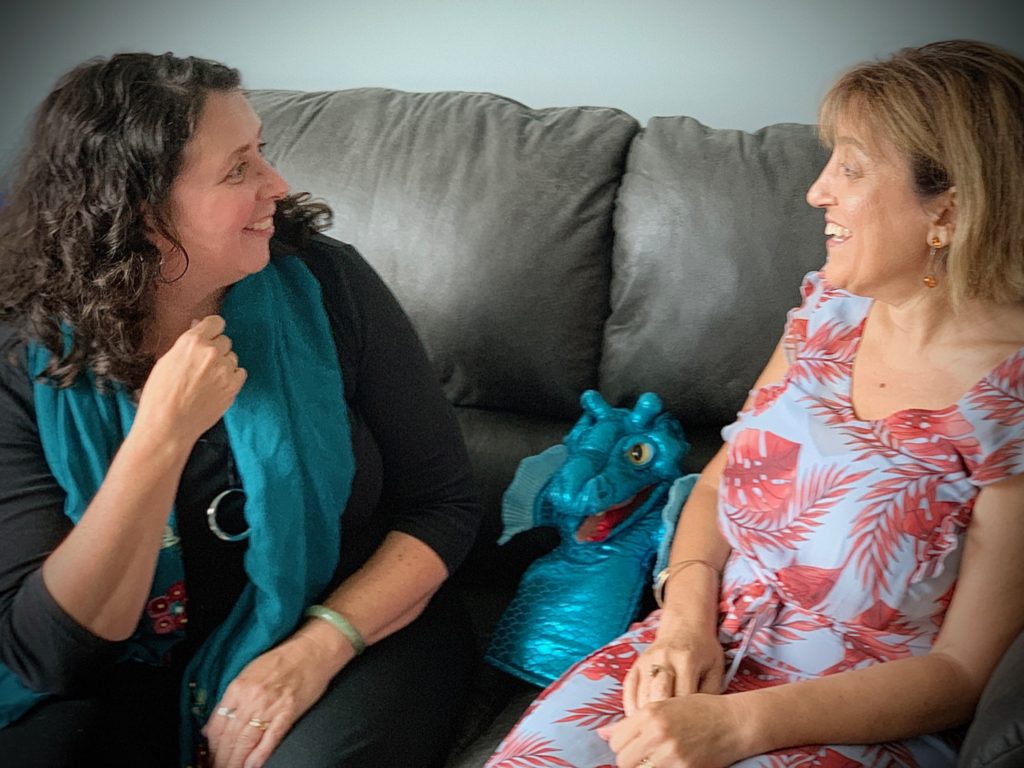EMDR is an evidence–based psychotherapy which is based on the healing of past traumatic and adverse experiences as the path to improved mental health. We became EMDR therapists to help clients to heal from trauma, and are able to use EMDR therapy to benefit clients of all ages, including children. We have developed an integrated model for Play Therapy and EMDR therapy, and this is our story
Our work in integrating EMDR Therapy and play therapy began as a conversation that has turned into many years of conversations and collaboration.
We first crossed paths in a training. Each of us had our different ways of conceptualizing how to help children overcome trauma, and we were fascinated by our questions of how to really make EMDR work with children while remaining faithful to Francine Shapiro’s protocol. Eventually we organized our own series of workshops on using EMDR with children.

Our conversations were about how to engage children effectively and how to teach other therapists to use playful and skillful interventions with this population. In our most exciting and intense conversations we attempted to bridge what we perceived as a gap in treatment between our two home bases as therapists – the world of play therapy and that of EMDR. Along that journey as we have become respectively cross-trained and fully credentialed as consultants and trainers for other therapists in both play therapy and EMDR, the conversation about how to help children heal from trauma, attachment and dissociation has continued.
As we have held trainings around the country and the world, we hear many of the same things: play therapists are encountering children who are hurting and want to use EMDR to help them towards healing as quickly as possible, but without giving up the character of their play therapy relationship; EMDR-trained therapists struggle to work with children who are hard to engage, distrustful of adults and have very narrow windows of tolerance for therapy; and trauma therapists curious as to what play therapy might offer as a therapeutic space for trauma work. All these therapists are wanting to be faithful to the theoretical models which underpin their work.
Ann’s background was in child-centered play and was more non-directive, Annie’s approach was more directive, but we both recognized that providing good EMDR therapy with children encompasses much more than just learning the protocol. We recognized the need to teach therapists about early childhood trauma, attachment wounds and dissociation because these complexities can easily sabotage progress in therapy regardless of the approach.
We are glad you have found us! We recently co-edited a comprehensive book about this integration published by Springer in fall 2020.